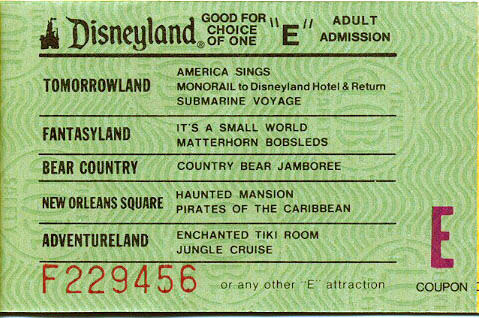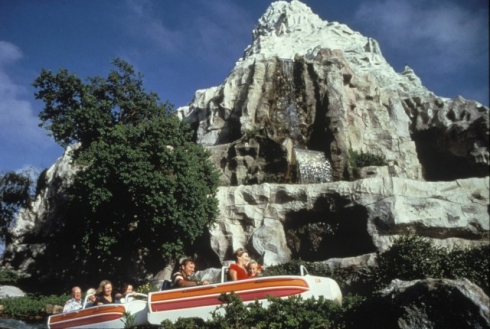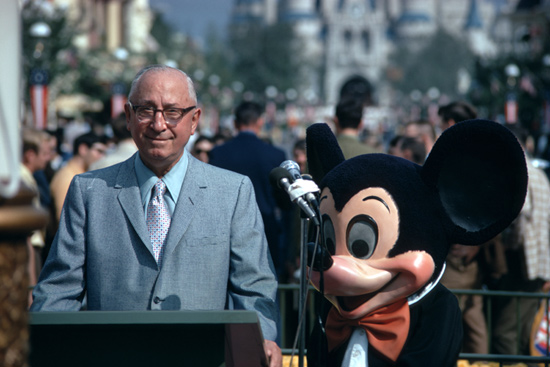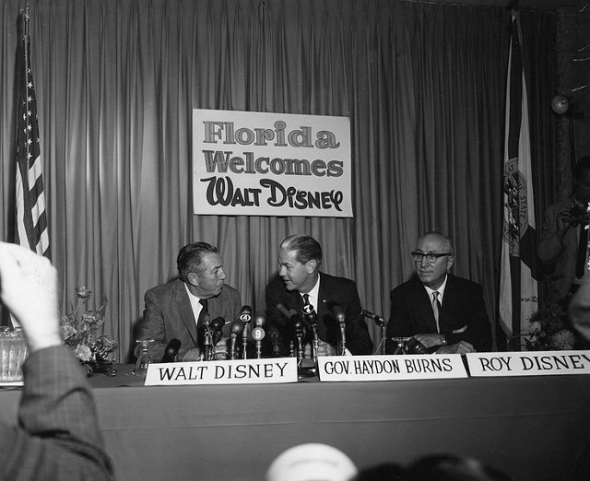Now that one-day admission to the Magic Kingdom exceeds $100, with the other three parks not far behind, debates about whether Disney is pricing out the middle class are raging.
In conjunction with a relative lack of new E-ticket experiences and the loss of little things that once set Disney apart, it is easy to understand these concerns. But how do ticket prices today stack up against the options that Disney has provided over the years? Is there truly less value in a ticket today, when all factors are accounted for?
I’m not a statistician, and it would be impossible to put a monetary value on such things as ride closures and number of merchandise offerings anyway, so we will not approach the topic as a mathematical equation with a clear-cut answer. Instead, think of this as a journey back through time to take a look at the different ticket options Disney has offered over the years, and what they would cost in today’s dollars. By the end, you will have enough information to decide for yourself whether you believe Disney is pricing out the middle class or simply doing what they have always done.
The Disneyland model

Disneyland was designed to be a better alternative to the dirty and dangerous carnivals and amusement parks of Walt’s day. Hence, although it broke new ground in many ways, inventing the idea of the modern theme park, it also followed many of the conventions of its time. This is easiest to see in the idea of separately paid admission for each attraction.
When Disneyland opened in 1955, park admission was $1. This fee included a handful of free attractions, such as the Golden Horseshoe Revue, Kaiser’s Hall of Aluminum Fame, and the Monsanto Hall of Chemistry. All of the other attractions were priced at 10 to 35 cents each or, by the end of 1955, a paper ticket valued at A through C.
In 1956, Disneyland introduced the D-ticket, promoting some of its most exciting rides, such as the Jungle Cruise, to that level. Then, in 1959, the now famous E-ticket was born. Still synonymous with high thrills and excitement, the very first E-ticket rides were the Matterhorn Bobsleds, Submarine Voyage, and the Monorail. Several existing attractions were also promoted to E-ticket status, including the Jungle Cruise, Mark Twain Steamboat, and Rainbow Ridge Pack Mules.
The ticket system worked beautifully. Guests had complained in the park’s earliest months that they were being nickel and dimed all day, due to being asked for cash at every attraction. But tickets were sold in books that provided a small discount on admission, and somehow handing over a paper ticket felt like less of an intrusion than forking over change.

Image: Disney
But how much did guests pay for a full day at Disneyland in those days? In 1959, a Big 10 ticket book included three E tickets, three D tickets, two C tickets, and one each of B and A tickets, along with general admission. A Jumbo 15 ticket book included one more of each ticket category. The adult price for a Big 10 was $3.50, while a Jumbo 15 cost $4.50. Juniors ages 12 to 17 and children ages 3 to 11 paid less. In 2015 dollars, those prices would be $28.70 for the Big 10, or $36.90 for the Jumbo 15.
While some visitors are able to do much more in a day, especially with the advent of FastPass and now FastPass Plus, experiencing 10 to 15 rides in a day is still fairly normal. So translating Disneyland’s 1959 prices into today’s money seems to support the idea that Disney admission has gotten much more expensive - especially when you factor in the free attractions that 1959 visitors could experience over and over again at no additional charge.
Magic Kingdom opens
When Walt Disney World’s Magic Kingdom opened in 1971, it followed the highly successful Disneyland model. My grandmother, who lived an hour away, remembered a series of TV commercials in the months before the Magic Kingdom opened. According to the commercials, a family of four could spend the day at the Magic Kingdom for less than $20. And according to my grandmother, a middle-class woman with two kids at home, the price seemed outlandish and she could never justify the expense. Of course, they did end up going several times over the decades that followed, as do many of the people who complain about current Disney prices.

Image: Disney
But were the commercials accurate? Could a family of four spend a day at the Magic Kingdom for that price? When translated into today’s dollars, was the cost exorbitant? Let’s take a look at the numbers.
Disney’s claim seems reasonable, assuming the commercial was only targeting tickets and not parking or food. In 1971, a 9 Adventure Magic Key Ticket Book for Magic Kingdom Club members cost $4.75 for adults, and a little less for juniors and children. The heavily promoted Magic Kingdom Club, which was free to join for employees of participating companies, provided discounts on a mind-boggling array of travel services and boasted more than six million members in its heyday. So admission for two adults, one junior, and one child, with 9 ride tickets distributed between A and E, would indeed total less than $20. Of course, bigger ticket books were also available, along with extra individual tickets.
Let’s assume that a typical family of four family chose the 11 Adventure Book with no discounts at all. For two adults, one junior, and one child, the total price would be $21.50. In today’s dollars, that becomes $126.68, or an average of just under $32 per person. When compared to the 1959 Disneyland admission fee, it appears that in 1971, the Magic Kingdom was keeping pace with inflation.

Add new comment